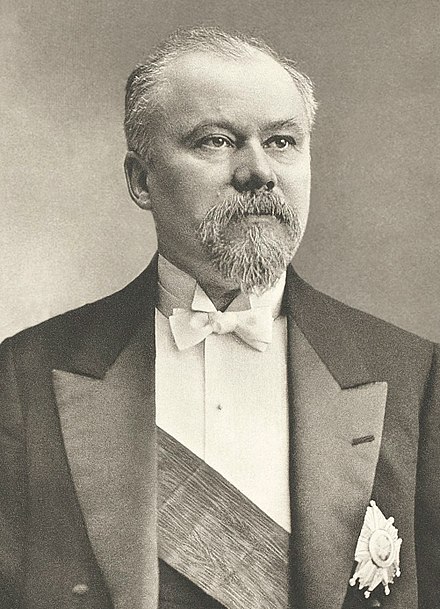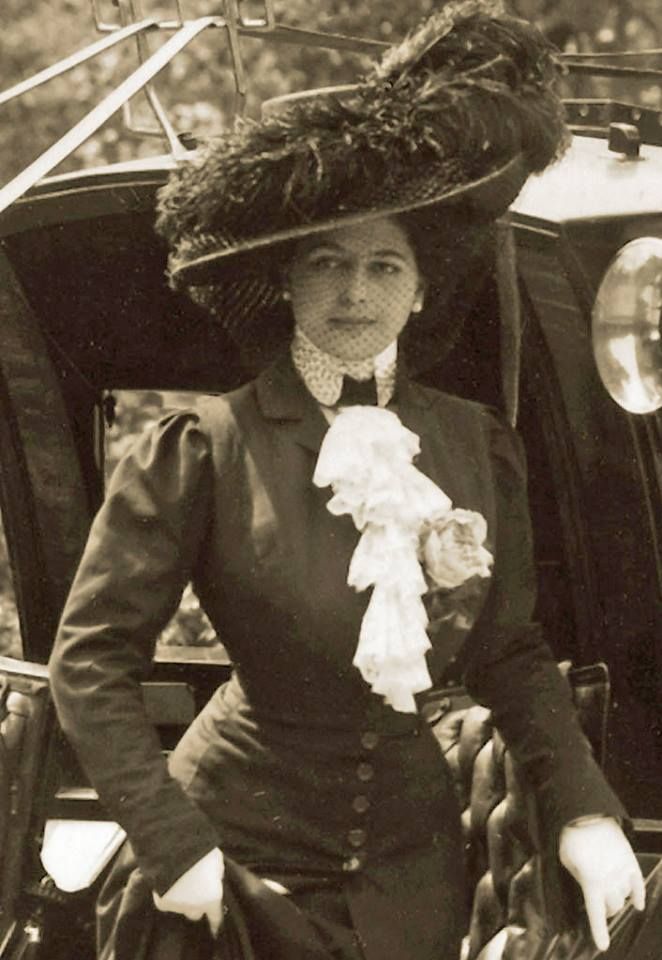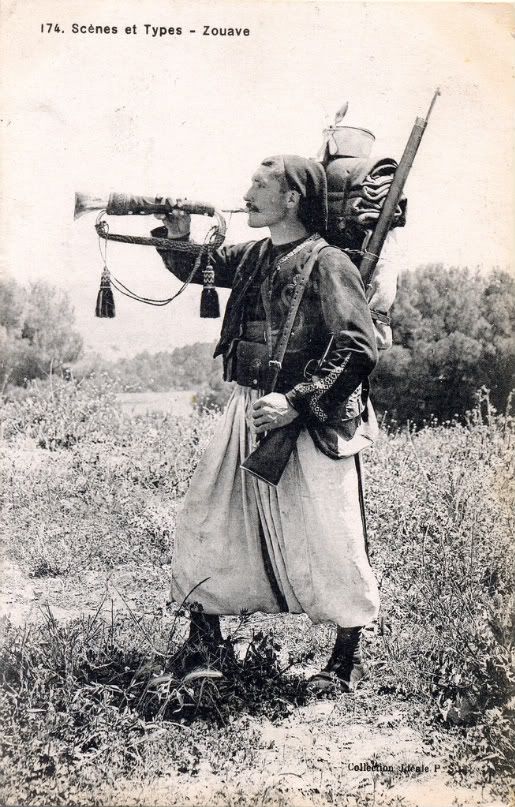The French were surveilling Mata Hari warily, and knew her whereabouts as soon as she returned to Paris on January 4, 1917.
A month passed; then the French investigators sprung the trap. On February 13, Mata Hari was arrested in Paris at Élysée Palace Hôtel, and charged with being a double agent, working against France and Germany.
It was an intense interrogation, but the records have been kept under wraps for a hundred years. What was known immediately was that Mata Hari said she had a pseudonym (H21) but would admit only to giving harmless, outdated information to her German lovers. More recently the British intelligence agency MI5 released their file on Mata Hari, whom they described as glib and unfazed when an interrogator confronted her with a long list of her lovers.
“When faced with her acquaintances with officers of all ranks and all nations, she replied that she loved all officers, and would rather have as her lover a poor officer than a rich banker,” the MI5 files note.
Despite a lack of convincing evidence, Mata Hari was put on trial in France in late July, and the military court convicted her of being a double agent for Germany and France. She was condemned to death. She was to be executed by firing squad, a method used to punish the worst acts of cowardice, espionage, desertion, and treason.
In the meantime, there were months to wait. Mata Hari was ushered to Cell #12 in Prison Saint-Lazare to wait. She was not without hope. Her attorney was Maître Clunet, and he was busily appealing her conviction through the courts and directly to President Raymond Poincaré for clemency and was awaiting his reply.
As a condemned prisoner, she was treated well. She received better food, and was allowed to have visitors, letters, and flowers— but none arrived. Mata Hari wrote three letters but they were returned unopened.
And finally, her appeals were exhausted, followed by the news that President Poincaré formally refused to intervene.
In the early-morning hours of October 15, two nuns whispered to each other for a moment before the door to Cell #12 was unlocked. They approached the bed, where Mata Hari was sleeping deeply. They shook her awake and whispered that her time had come.
The timing of her execution had been kept secret- even from her- to prevent any interference. There was no violent reaction. The prisoner asked permission to write two letters and Bouchardon, the captain in charge, bowed his agreement. Mata Hari quickly scribbled the letters, and handed them to her lawyer.
As she dressed, a small group congregated to await her: Father Arbaux, the two nuns, Captain Bouchardon, Maître Clunet, and a British reporter named Henry Wales . It was Wales who captured the details of Mata Hari’s execution.
The condemned woman emerged from her cell for the last time in a light gray dress, buttoned up shoes, a blue coat, and a wide black hat covered her braided hair. She wore black gloves. The grim party escorted from her prison cell to an automobile, which would take her to the army barracks on the outskirts of the city.
Around 5:30 a.m., the car arrived at Caserne de Vincennes, where the execution would take place. The automobile ground to a halt, and the door opened at once. There was no delay: the group immediately walked to the place where twelve Zouave soldiers stood, awaiting the prisoner.
In an execution by firing squad, a group of soldiers face the condemned prisoner. They are handed loaded firearms and at a signal, they fire simultaneously at the target. Not every soldier is shooting a live round, but no one knows whether his weapon has a real bullet or blanks. This is done to ease the guilt a soldier might feel afterwards: he can reasonably tell himself that he didn’t fire the fatal shot.
For practical reasons, the prisoner is required to be restrained- usually bound to a tree or a pole, but sometimes on their knees. The blindfold may be seen as an act of compassion toward the prisoner but it also makes the execution easier for the soldier, who might otherwise be haunted by the memory of the despairing eyes of the prisoner whose life he is to take.
Father Arbaux spoke to Mata Hari in a low voice. The soldiers noted her calm composure with wonder, and watched as a French officer approached Mata Hari with a long white cloth, and offered it to the condemned prisoner. “A blindfold, madame,” he urged her.
Mata Hari’s chin came up. “Must I wear that?” she asked in a clear voice. The French officer did not insist on the blindfold. More remarkably, he did not have the prisoner restrained. Instead, he signaled to the little group that the prisoner’s time had come.
One by one the prisoner’s attendants stepped away– until Mata Hari stood alone, facing the Zouave soldiers. They stood at attention, with their guns aimed at her heart. She did not plead or cry. Instead, Mata Hari blew the soldiers a kiss.
Her hands then fluttered to her sides and she stood facing them, her back straight. The officer then gave the signal and a loud crack pierced the air. The soldiers lowered their guns.
Henry Wales, watching from a short distance away, wrote that Mata Hari first sank to her knees, as if in slow motion, then she fell backwards. He watched as the French officer who had suggested the blindfold walked over to where the prisoner lay on the ground. Without ceremony, he shot her in the head. Wales wrote: “Mata Hari was surely dead.”
In the aftermath of her execution, no one claimed the condemned woman’s body. Mata Hari’s head was embalmed and given to the Museum of Anatomy in Paris. It disappeared in the 1950s, and remains missing today. The rest of her body was used for medical study.
When Capt. Rudolph MacLeod, Mata Hari’s ex-husband, learned of her execution, he said, “Whatever she’s done in life, she did not deserve that.”
“Death is nothing, nor life either, for that matter.
To die, to sleep, to pass into nothingness, what does it matter?
Everything is an illusion.” – Mata Hari





Pingback: The Incredible Life of Mata Hari: Clandestine Operations (Part III) – Old Spirituals
I really didn’t know all the details you included in this story. She led quite a life, albeit a sad one.
LikeLiked by 1 person
I didn’t know much about her before I wrote this. She did have quite a life. You have to admire her courage!
LikeLike
Same with her husband words, she didn’t deserve that punishment.
LikeLiked by 1 person
I agree with you, Margarita!
LikeLike